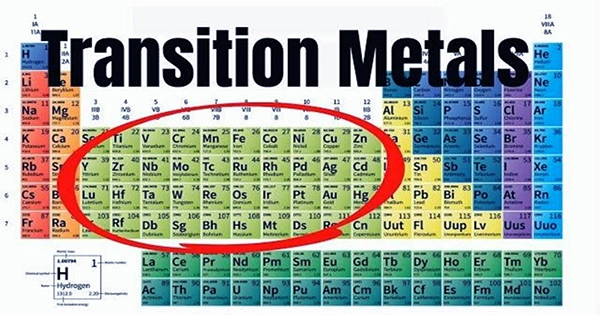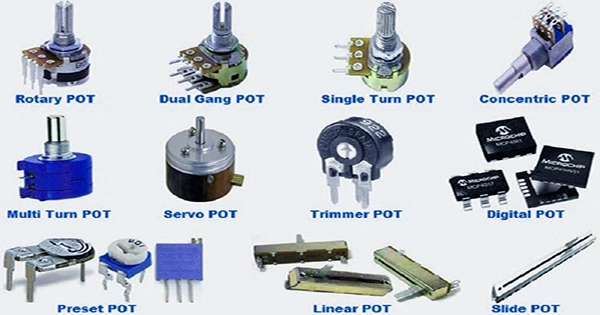The Periodic Table’s second and third rows of elements exhibit expected gradual variations in properties from left to right across the table. These elements’ atoms’ outer electron shells hardly act as shields, increasing the effective nuclear charge as a result of the inclusion of protons in the nucleus. As a result, the changes in atomic characteristics include a smaller atomic radius, higher initial ionization energy, increased electronegativity, and a greater degree of nonmetallic character. Up until one reaches calcium (Z=20), this pattern persists. At this moment, there is a sharp break. The physical and chemical characteristics of the following ten elements, collectively known as the first transition series, are very similar. The relatively minor variation in effective nuclear charge across the series has been used to explain this general uniformity in attributes. As more electrons enter the penultimate 3d shell, an effective shield between the nucleus and the outer 4s shell is created, which is why this happens.
The transition elements are those in which the d electron shells are filling, hence Sc and Zn, where Sc(III) is d0 and Zn(II) is d10, are normally ignored.
Physical Properties: At first, it can be helpful to note how transition elements differ from main group (s-block) elements like calcium in terms of their physical and chemical characteristics. transitional components.
- have a large charge-to-radius ratio,
- are hard and dense,
- have high melting and boiling temperatures,
- generate typically paramagnetic compounds,
- exhibit changeable oxidation states,
- produce colored ions and compounds,
- have strong catalytic activity,
- and form stable complexes.














